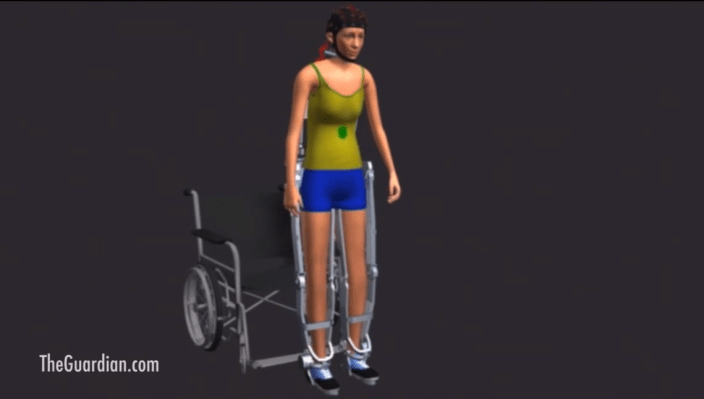The 2014 World Cup begins next month in Brazil and will feature something truly amazing: the plan is for a paralyzed, non-ambulatory Brazilian teenager to stand up and kick the first ball of the first game using a motorized exoskeleton and special 3D-printed helmet.
Created by an international team of designers and engineers, the video shows Colorado State University’s design for the custom trode helmet that will keep the leads in place and protect the kicker’s head.
First announced in January, the exoskeleton is finally coming together and should be ready for the kick-off. Called the Walk Again Project at Duke University, the kick will be one of the first massively public demonstrations of a human controlling a robot with neural signals.
The CSU researchers, led by David Prawel, built the helmet while other teams built the exoskeleton and the neuro interface for the robot. They’re using a 3D printer to extrude a foam structure that is soft and squishy and that will be able to keep the electrodes in place while in motion. The kicker will also train in a VR environment to get used to walking with their new nervous system.
